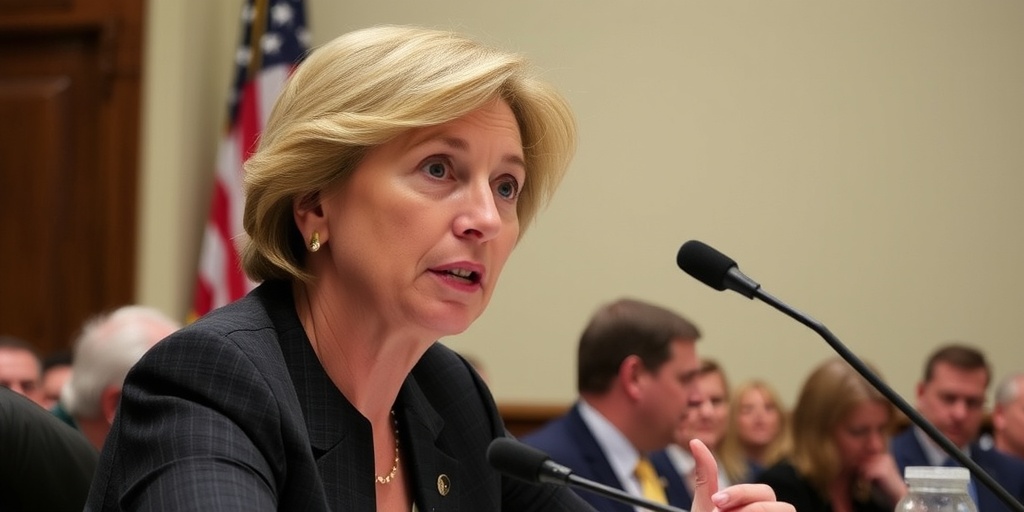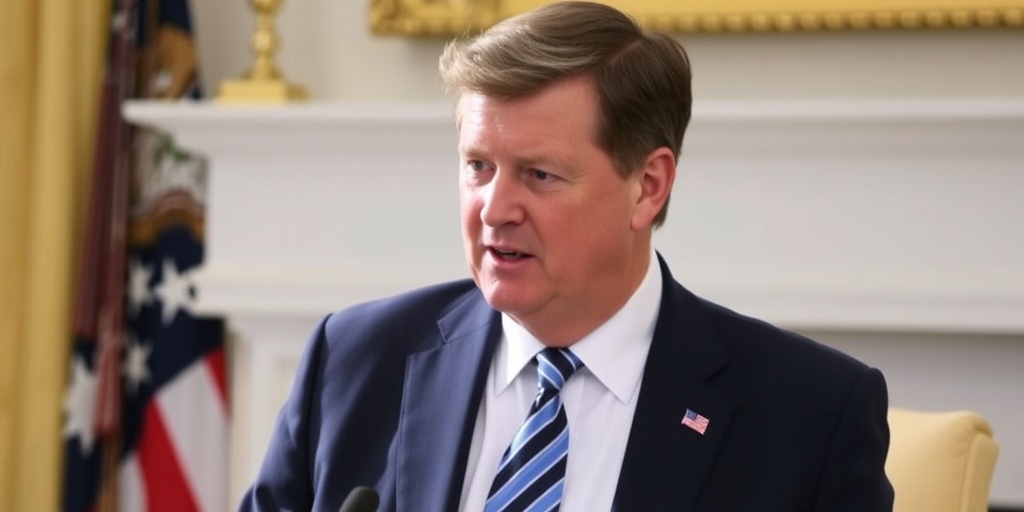Now Reading: Experts: DC Plane Crash Pilots Responded Appropriately
-
01
Experts: DC Plane Crash Pilots Responded Appropriately
Experts: DC Plane Crash Pilots Responded Appropriately
Tragic Collision: American Airlines Flight and Army Helicopter Crash Near Reagan National Airport
On the evening of January 29, just after 8:43 p.m., American Airlines Flight 5342 was in the process of landing at Ronald Reagan National Airport in Washington, D.C., when an air traffic controller posed a routine question to the pilots: would they be able to land on a different runway? This standard request, however, inadvertently set the stage for a catastrophic incident that would claim the lives of 67 people when the regional jet collided with an Army Black Hawk helicopter.
As investigators work to piece together the events surrounding the crash, the National Transportation Safety Board (NTSB) has begun recovering debris from the icy Potomac River. A preliminary report from the NTSB is expected to be released in the coming weeks, while a more detailed investigation may take a year or two to complete.
Early reports suggest that the pilots of the American regional jet, which is flown as a subsidiary of American Airlines, acted in accordance with established protocols. Aviation safety experts, along with several experienced pilots familiar with Reagan National Airport, believe there was little more that the crew could have done to avert the tragedy.
Former airline pilot Shawn Pruchnicki, now an assistant professor at the Center for Aviation Studies at Ohio State University, stated, “There wasn’t anything to do. It was a normal day at Reagan.” As the investigation unfolds, authorities are likely to scrutinize why the helicopter flew into the airplane’s flight path and whether the air traffic controller overseeing both aircraft had adequate measures in place to maintain a safe distance.
Reagan National Airport, known for being highly congested, demands additional training for pilots due to its unique operational challenges. Aircraft must navigate around critical landmarks such as the White House, the Capitol, and the National Mall, which are under stringent security, especially since the terrorist attacks of September 11, 2001. The nearby Dulles International Airport further complicates the region’s airspace, as it handles hundreds of domestic and international flights daily.
Despite lacking mountains, flying in and out of Washington can be as demanding as navigating mountainous terrain, according to a senior airline pilot who requested anonymity. Sam Lilley, one of the pilots aboard the ill-fated American flight, was well-aware of these challenges, having discussed them with his father, Tim Lilley, a fellow pilot and former Black Hawk helicopter operator. Sam, excitedly sharing his experiences, found fulfillment in conquering the intricacies of D.C. airspace.
At just 28 years old, Sam Lilley was a first officer with PSA Airlines, where he joined over two years prior. Aiming to accrue enough flight hours to eventually pilot larger international aircraft, he had already utilized his flight benefits to explore destinations including Japan and Iceland. On the night of the tragic accident, Lilley and co-pilot Captain Jonathan Campos had departed from Wichita, Kansas, with 60 passengers and two additional crew members on board.
Approximately 25 minutes into their descent toward Reagan National Airport, the pilots received clearance for a standard approach to Runway 1. Shortly thereafter, they agreed to switch to Runway 33, a runway that is relatively short but deemed suitable for regional jets like the Bombardier CRJ700 they were flying. The decision to reroute was likely made to aid air traffic controllers in better spacing the influx of arriving aircraft.
At 8:46 p.m., air traffic control notified the helicopter that an airplane was approaching south of the Woodrow Wilson Memorial Bridge. In the ensuing moments, as the plane descended below 500 feet, the controller inquired if the helicopter had the aircraft in sight. Although the airplane pilots were privy to this communication, they could not hear the helicopter’s responses, which were transmitted on a different frequency.
As the landing became imminent, the pilots focused sharply on ensuring the safety of their craft. In the face of their responsibilities, neither pilot would have typically been scanning the skies for other aircraft. However, a traffic alert from the aircraft’s Traffic Collision Avoidance System (TCAS) warned them of the proximity of another aircraft. While such alerts typically prompt pilots to identify the source, it should not have required immediate action.
Moments later, air traffic control reassured the airline pilots that the helicopter was instructed to maneuver behind their aircraft. This communication may have provided the crew with a semblance of reassurance amidst the rising tension of the situation.
However, just 16 seconds after the last communication, the pilots reacted audibly, signifying their awareness of a sudden change. Shortly thereafter, the recording captured the sounds of impact. The tragic finale of this flight serves as a heartbreaking reminder of the inherent risks faced by pilots as they navigate one of the nation’s most challenging airspaces.
Authorities continue to investigate the causes of the collision, focusing on human error, procedural adherence, and technology’s role in preventing future incidents of this nature. Until then, the families of those lost in this tragic accident await answers.
Stay Informed With the Latest & Most Important News
Previous Post
Next Post
-
 01New technology breakthrough has everyone talking right now
01New technology breakthrough has everyone talking right now -
 02Unbelievable life hack everyone needs to try today
02Unbelievable life hack everyone needs to try today -
 03Fascinating discovery found buried deep beneath the ocean
03Fascinating discovery found buried deep beneath the ocean -
 04Man invents genius device that solves everyday problems
04Man invents genius device that solves everyday problems -
 05Shocking discovery that changes what we know forever
05Shocking discovery that changes what we know forever -
 06Internet goes wild over celebrity’s unexpected fashion choice
06Internet goes wild over celebrity’s unexpected fashion choice -
 07Rare animal sighting stuns scientists and wildlife lovers
07Rare animal sighting stuns scientists and wildlife lovers



















